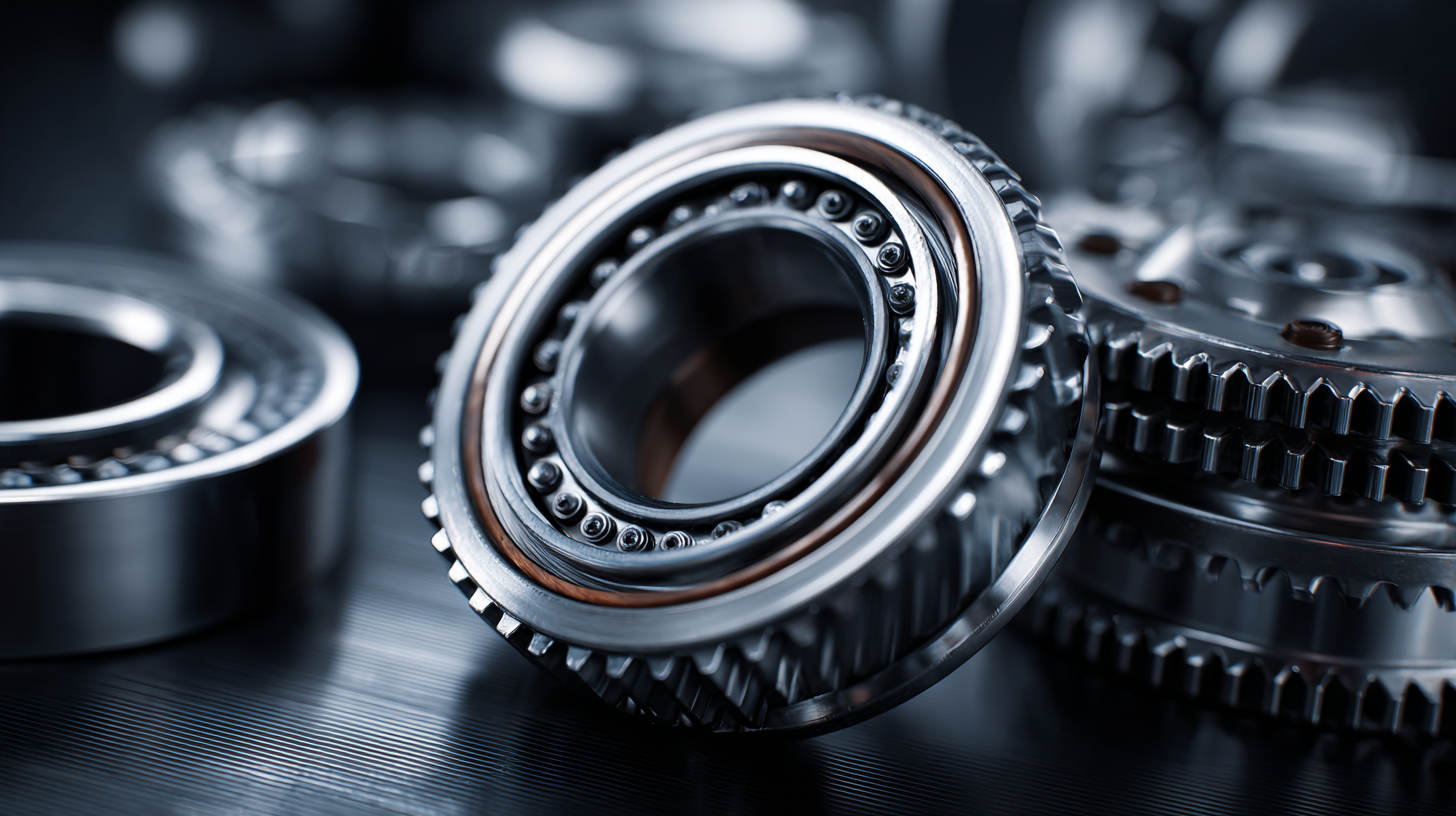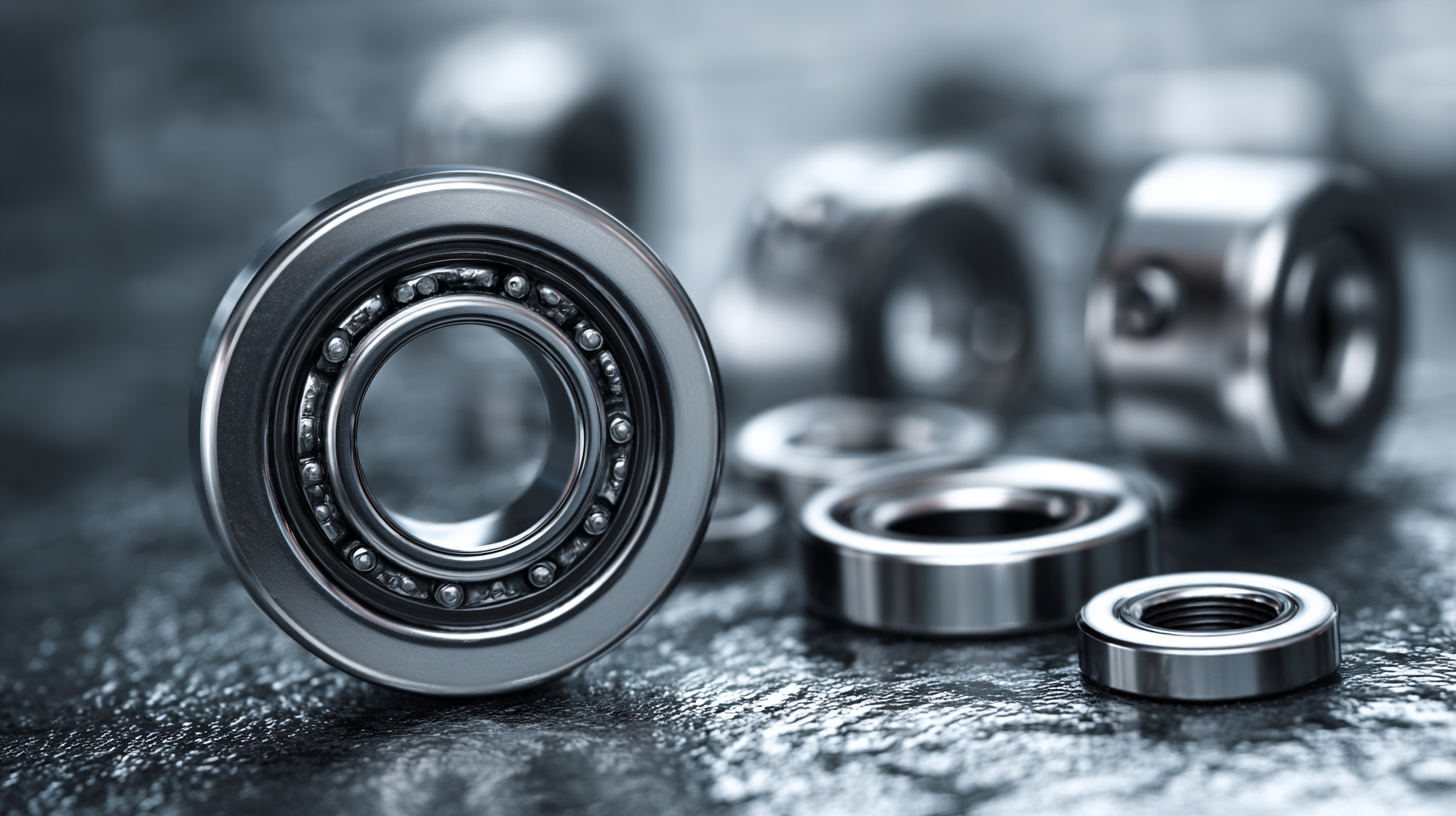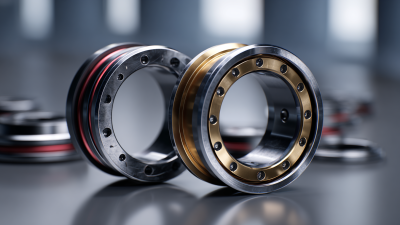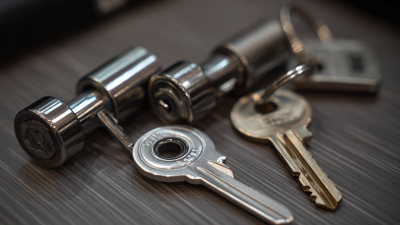What is a Radial Ball Bearing and How Does It Work in Mechanical Applications
Radial Ball Bearings are essential components in various mechanical applications, providing critical support and reducing friction between moving parts. Found in everything from automotive engines to industrial machinery, these bearings play a vital role in ensuring smooth operations and increasing the longevity of equipment. According to a recent report from the Global Bearings Market, the growth rate for Radial Ball Bearings is projected to reach 5.7% annually, reflecting their importance in modern engineering solutions.

As industry expert Dr. James R. Marshall, a leading figure in bearing technology, remarked, "The efficiency of machinery relies heavily on the quality of its radial ball bearings." This highlights the significance of understanding how these components work and their impact on mechanical performance. In a world where precision engineering and reliability are paramount, Radial Ball Bearings serve as a cornerstone in the design of high-performance systems, making it crucial for engineers and manufacturers to be well-versed in their functionality and applications.
Definition and Structure of Radial Ball Bearings
Radial ball bearings are critical components in various mechanical applications, designed to support radial loads while allowing for rotational motion. Their fundamental structure consists of an outer ring, an inner ring, a set of balls, and a retainer. The outer ring, often fixed to the housing, provides stability, while the inner ring is attached to the rotating shaft. The balls, usually made from steel or ceramic, facilitate smooth movement between these rings, minimizing friction.
The design of radial ball bearings ensures that the load is evenly distributed across the balls, which helps to reduce wear and extend the bearing's lifespan. The spacing provided by the retainer prevents the balls from coming into contact with each other, allowing for optimal performance. Available in various sizes and configurations, radial ball bearings can accommodate different speeds and load capacities, making them indispensable in applications ranging from electric motors to automotive systems, and industrial machinery.

Key Benefits of Using Radial Ball Bearings in Machinery
Radial ball bearings play a crucial role in the machinery sector, offering numerous advantages that enhance operational efficiency and reliability. These bearings are designed to handle radial loads and can also accommodate some axial loads, making them versatile in various mechanical applications. Key benefits of using radial ball bearings include reduced friction and wear, which leads to a longer service life for both the bearings and the machinery they support. According to market analysis, the global bearings market size was valued at USD 46.82 billion in 2024 and is expected to grow significantly, reaching USD 97.10 billion by 2032. This rapid growth highlights the increasing reliance on high-performance bearings in diverse industrial applications.
Moreover, radial ball bearings are essential in environments where precision and durability are paramount, such as in aerospace and automotive industries. Specialized designs of ball bearings are able to withstand harsh conditions, ensuring safety and reliability in critical applications. The data indicates that the ball bearings market is projected to see substantial growth, moving from USD 50.16 billion in 2025 to USD 97.10 billion by 2032, reflecting the rising demand for advanced bearing solutions that can operate efficiently under demanding circumstances. As technology evolves, the role of these bearings in machinery continues to expand, making them a pivotal component in ensuring optimal performance across various sectors.
The Operating Principle of Radial Ball Bearings Explained
Radial ball bearings are essential components used in various mechanical applications, primarily designed to support radial loads while allowing smooth rotation. The operating principle of these bearings is based on the use of balls that sit between the inner and outer rings. These balls facilitate the rotation of parts by minimizing friction, which is crucial in applications where efficiency and durability are required. According to a study by the American Society of Mechanical Engineers, radial ball bearings can reduce frictional losses by up to 30%, enhancing the performance and lifespan of machinery.
When it comes to installation and usage, proper maintenance plays a pivotal role in prolonging the performance of radial ball bearings. Regularly checking for signs of wear and ensuring adequate lubrication can prevent premature failure. As per industry reports, a well-maintained radial ball bearing can function effectively for over 20,000 hours, even in high-load operations.
**Tips**: To optimize the lifespan of your radial ball bearings, consider the operating environment. Avoid exposure to extreme temperatures or contaminants, which can degrade the lubricant and affect bearing performance. Regularly monitoring bearing temperature and vibration levels can also help detect issues before they escalate, ensuring smoother operations in mechanical systems.

Common Applications of Radial Ball Bearings in Industries
Radial ball bearings are essential components in various mechanical applications, offering smooth operation and reduced friction. Their design allows them to handle radial loads efficiently, making them suitable for a wide range of industries. Common applications include electric motors, conveyor systems, and robotics. In electric motors, radial ball bearings support the rotor and minimize energy loss, while in conveyor systems, they ensure that loads are transferred smoothly, enhancing overall productivity.
In the automotive industry, radial ball bearings are utilized in wheel hubs and transmissions. Their ability to withstand heavy loads and high speeds is crucial for vehicle performance and safety. Additionally, in manufacturing equipment, these bearings maintain precision and reliability in machines that require constant motion.
Tips: When selecting radial ball bearings for your applications, consider factors such as load capacity, speed rating, and environmental conditions. Ensure proper lubrication to prolong bearing life and efficiency. Regular inspections can also help identify wear and tear before it leads to failure, ultimately saving time and costs.
Maintenance Tips for Longevity of Radial Ball Bearings
Radial ball bearings are crucial components in various mechanical applications, ensuring smooth rotation and reducing friction between moving parts. To maximize their lifespan and maintain optimal performance, regular maintenance is essential. According to a report by the American Society of Mechanical Engineers (ASME), proper lubrication can extend the life of radial ball bearings by up to 50%. It is recommended to use high-quality lubricants tailored for the specific operating environment, whether it's high-temperature or wet conditions, to prevent wear and overheating.
In addition to lubrication, regular inspection for signs of wear and tear is vital. The International Organization for Standardization (ISO) advises checking bearings for misalignment, noise, and vibration at regular intervals. Implementing a scheduled maintenance program can help identify potential issues before they lead to catastrophic failure. Moreover, ensuring proper sealing can prevent contaminants from entering the bearing, which is crucial in prolonging its service life. By following these maintenance tips, users can not only enhance the performance of radial ball bearings but also reduce downtime and operational costs in mechanical systems.
Maintenance Tips for Longevity of Radial Ball Bearings

Home
Products
Industrial Bearings
Deep Groove Ball Bearings
Self-Aligning Ball Bearings
Angular Contact Ball Bearings
Cylindrical Roller Bearings
Taper Roller Bearings
Spherical Roller Bearings
Bearing housing or Accessories
Miniature Bearing
Thrust ball bearing
Radial Spherical Plain Bearing
Pillow Block Bearing
Needle Roller Bearings
Automotive Bearings
Agricultural Bearings
Special Material Bearings
Industry Application
About Us
News
Contact Us











